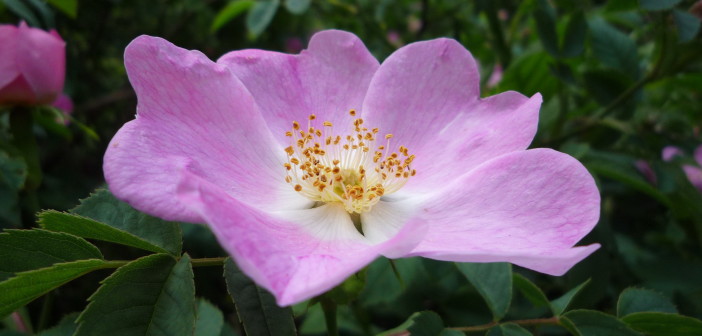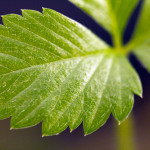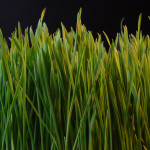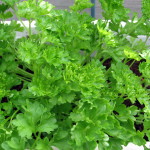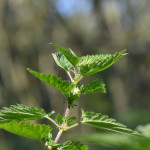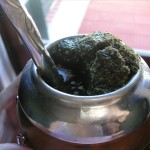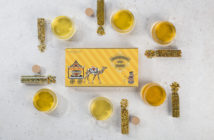- Strawberry Leaf
- Barley Grass
- Parsley
- Stinging Nettle
- Dandelion
- Yerba Mate
This is an excerpt from the September/October issue of TEA Magazine
Yerba Mate – Ilex paraguariensis
Available both green and toasted and rich in vitamins, minerals, antioxidants and amino acids, some say mate is more nutritious than green tea. The tea does contain caffeine, so it should be consumed in moderation. (Learn more about yerba mate in this excerpt of TEA Magazine.)
Barley Grass – Hordeum vulgare
Also known as Mugicha, barley grains are often roasted, then stewed in hot water and served as a nutritious tea. This caffeine-free botanical does contain gluten and should not be consumed by those with gluten sensitivity.
Download our free Wellness & Tea 101 E-Book
Dandelion – Taraxacum officinale
The young leaves of the familiar dandelion make a tea rich in vitamins and minerals. The flowers can also be made into a tea or can simply be added to your dandelion leaf tea for added visual appeal.
Rosa (especially Rosa canina – Dog Rose)
Rose hips of the dog rose are incredibly rich in vitamin C — 20 times richer than oranges. Hips must be soaked in a small amount of water for at least 12 hours before using. Enjoy the acidic, full-bodied flavor of this reddish colored tea. Adding hibiscus flowers (roselle) improves the flavor.
Stinging Nettle – Urtica dioica
Those who have experienced the stinging effects and resultant rash that develops after brushing your skin against the leaves of this plant know why it is called stinging nettle. Fortunately, the stinging effect is removed by cooking or drying. This is another weedy plant that contains great quantities of valuable nutrients, including amino acids.
Strawberry Leaf – Fragaria vesca and Raspberry Leaf – Rubus idaeus
Strawberry leaf and the raspberry leaf provide similar nutritious benefits when taken as a tea. Each contains many nutrients, most notably vitamin C, iron and calcium and taste somewhat like the actual berry.
Parsley – Petroselinum crispus
Offered relegated to plates as a forgotten garnish, parsley leaf is actually packed with vitamins and minerals, potassium, beta-carotene, antioxidants and much more. Note: Pregnant women should seek the advice of a physician before consuming this plant and the tea as well.
Note: Remember that the longer these herbs steep, the more nutrients are derived, but keep in mind that flavor is also affected. Bitterness from the extraction of unpleasant components often results from long steeping times.

